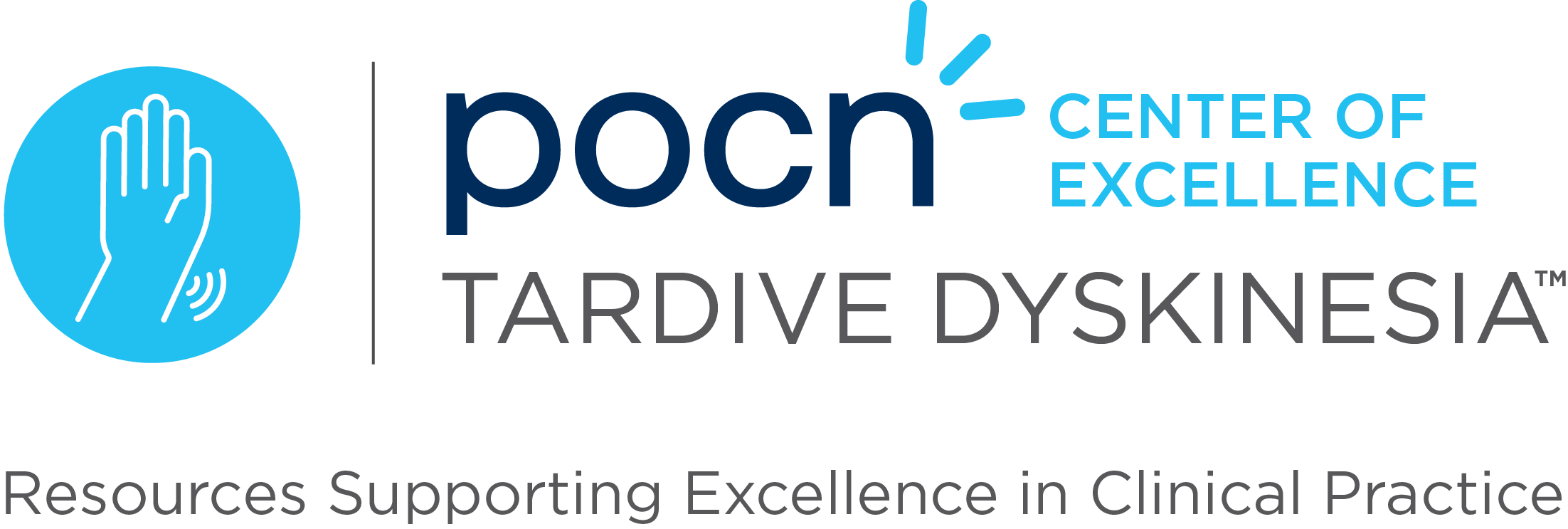Tardive dyskinesia (TD) is a movement disorder commonly associated with dopamine-receptor blocking agents (DRBAs), including antipsychotics and metoclopramide. It is more prevalent than often recognized, with a 25% prevalence in those taking DRBAs, particularly individuals with schizophrenia. Early detection is crucial to prevent TD from becoming permanent, and many patients are unaware of their involuntary movements. TD can cause significant functional impairment, social withdrawal, and worsened physical and mental health, affecting quality of life.
The risk of developing TD is influenced by patient factors, such as age, gender, and genetics, as well as the type and dosage of DRBAs. Modifiable risks include comorbidities like diabetes, substance abuse, and concurrent use of anticholinergics. Early recognition and assessment using tools like the Abnormal Involuntary Movement Scale (AIMS) are essential for timely diagnosis and management. Regular evaluations, particularly for high-risk patients, help mitigate TD’s long-term effects. A differential diagnosis is needed, as conditions like drug-induced parkinsonism may mimic TD symptoms. Training in diagnostic criteria and the AIMS scale improves clinicians’ ability to manage TD effectively.
Reference: Saklad SR. Identifying Tardive Dyskinesia: Risk Factors, Functional Impact, and Diagnostic Tools. J Clin Psychiatry. 2020;81(1):TV18059BR1C. doi: 10.4088/JCP.TV18059BR1C.


